Why the Antinori winery near Florence is a must-visit
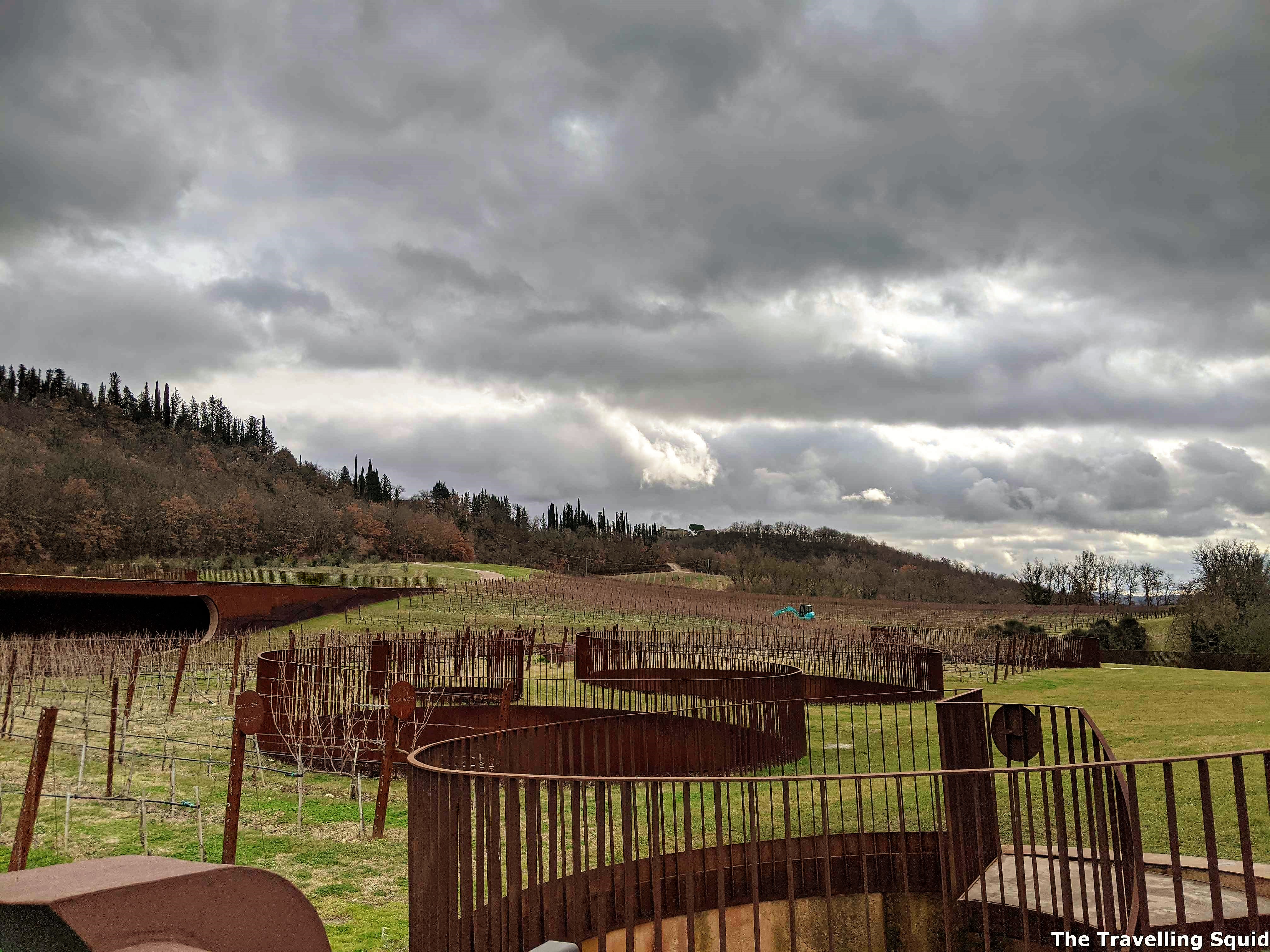
If you’re visiting Florence, a visit to the Antinori nel Chianti Classico winery is a must, especially for those who appreciate wine. Antinori is one of the oldest companies in the world, with roots that can be traced back to 1385. While we were there in February, it was still cold and the vines were resting. But the Antinori estate was still beautiful, especially when we took the spiral staircase up to the rooftop garden. Here is why the Antinori winery near Florence is a must-visit.
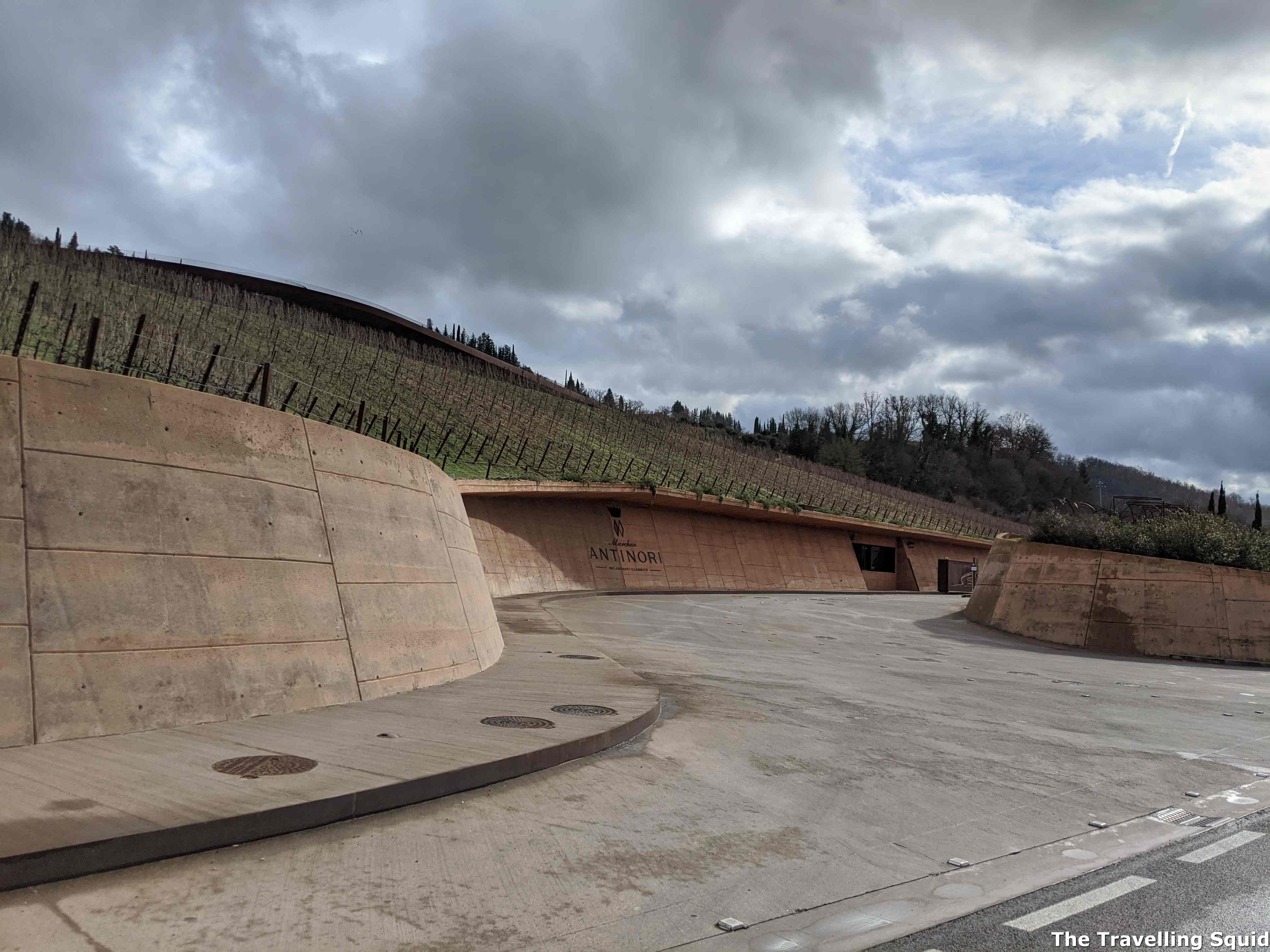
Why the Antinori winery near Florence is a must-visit
Antinori has huge historical significance in Italy’s wine industry, playing a significant role in the ‘Super Tuscan‘ revolution in the 70s. Back then, wine-makers were very tightly restricted in terms of the type and percentage of grape varietals that could be used in wine to get a certain accreditation, such as DOC or DOCG. Some wine-makers decided to ignore this classification and make ‘Super Tuscans’, wines from Tuscany made with blends and wine-making techniques that were not based on the conditions for accreditation. Back then, these wines could not fetch a price as high as those with DOCG accreditation, but many of them proved to be excellent in their own way.
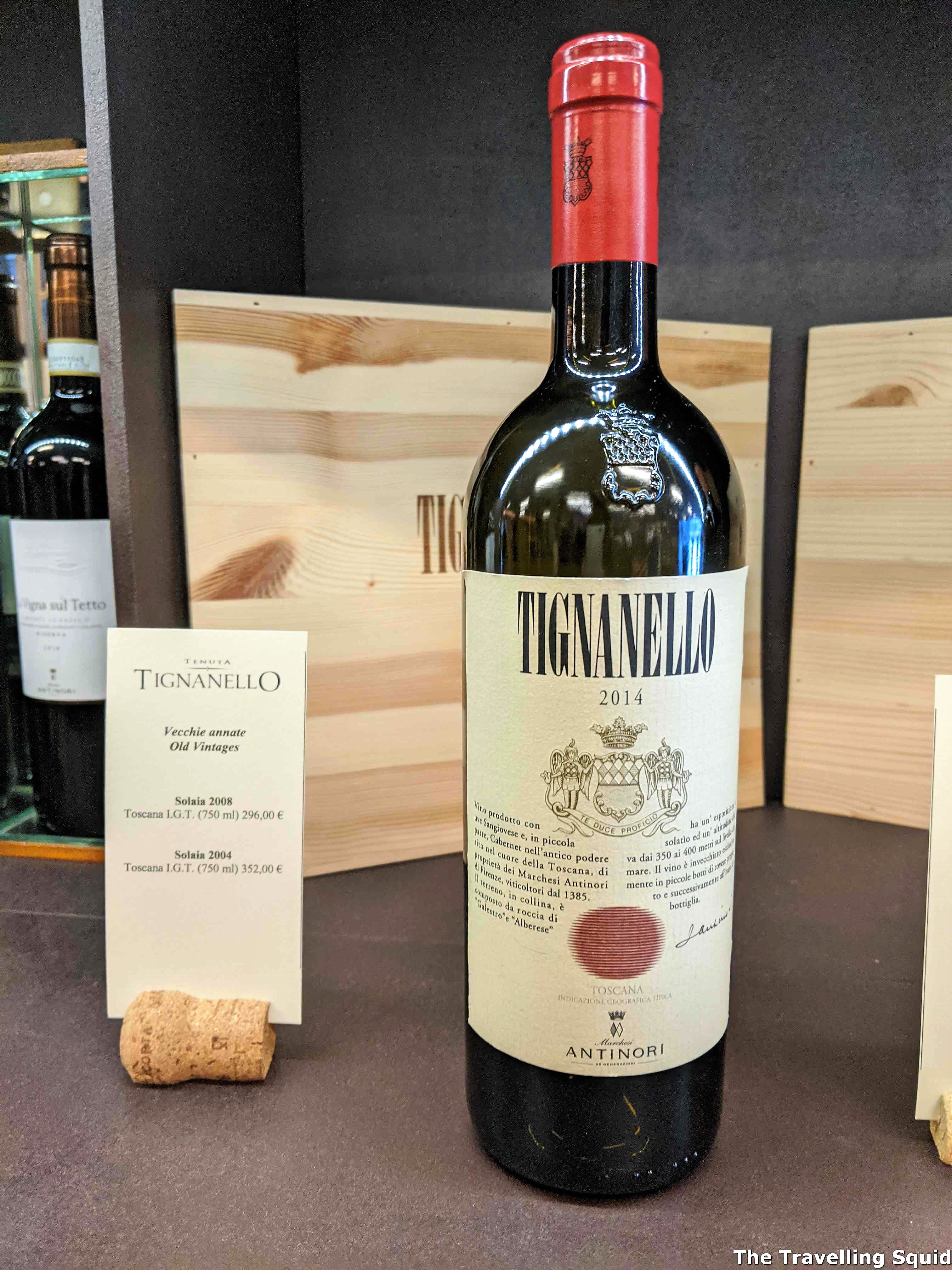
Antinori’s most famous wine – Tignanello – is made from grapes grown at a 47 hectare vineyard acquired in 1900. According to Wikipedia, the wine was produced for the first time in 1970 by Piero Antinori – whose father Nicolo had scandalised/revolutionised (depending on the time period) the Tuscany wine region by experimenting with French Bordeaux grape varietals. He was rewarded for challenging the status quo when Tignanello won several international awards. Since 1982, Tignanello has been made from approximately 85% Sangiovese, 10% Cabernet Sauvignon and 5% Cabernet Franc. The vineyard lies at 350–400 metres above sea level, within the Santa Cristina estate (also known as Tenuta Tignanello). [It is a 10min drive from the Antinori nel Chianti Classico. See picture below.]
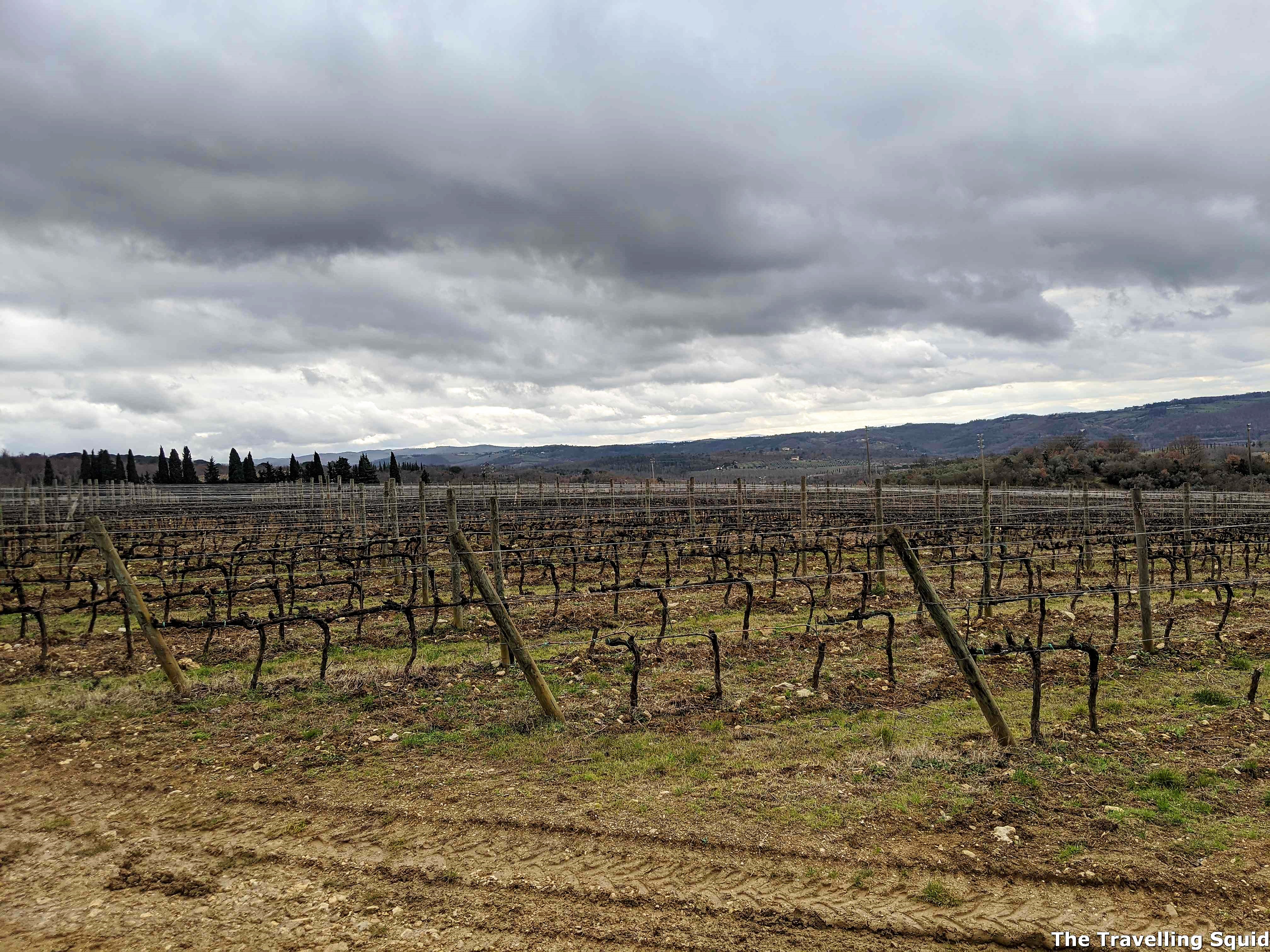
Location & Parking
Antinori was a short 30 min drive from our hotel B&B The Attico in Florence. It was also a 30 min drive from our lunch destination, the restaurant of Dario Cecchini. If you are heading to Siena, it is a 40 min drive away. If you drive, you are able to park within the complex during winter. During other seasons, you can park at the carpark located across the winery.

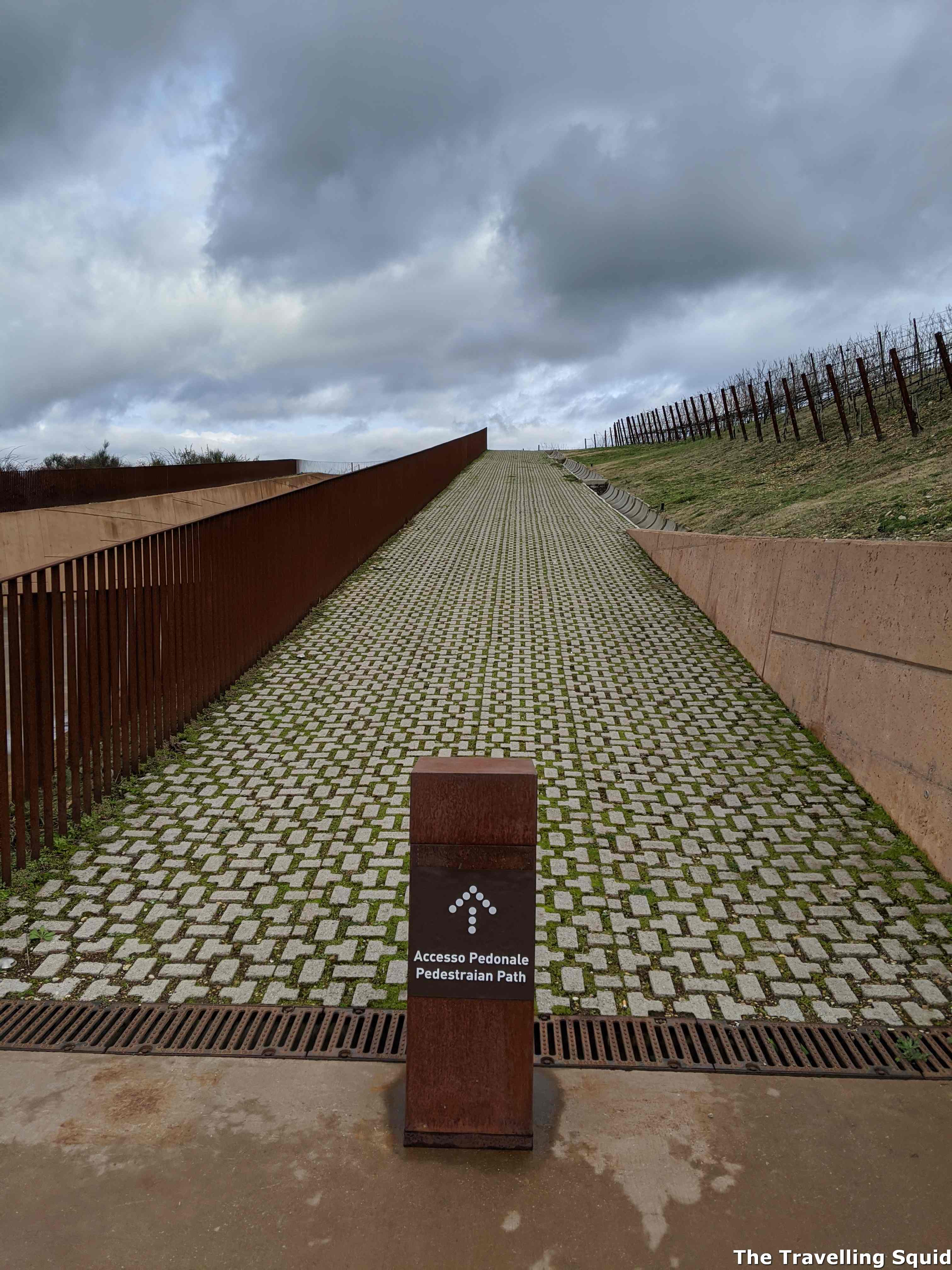
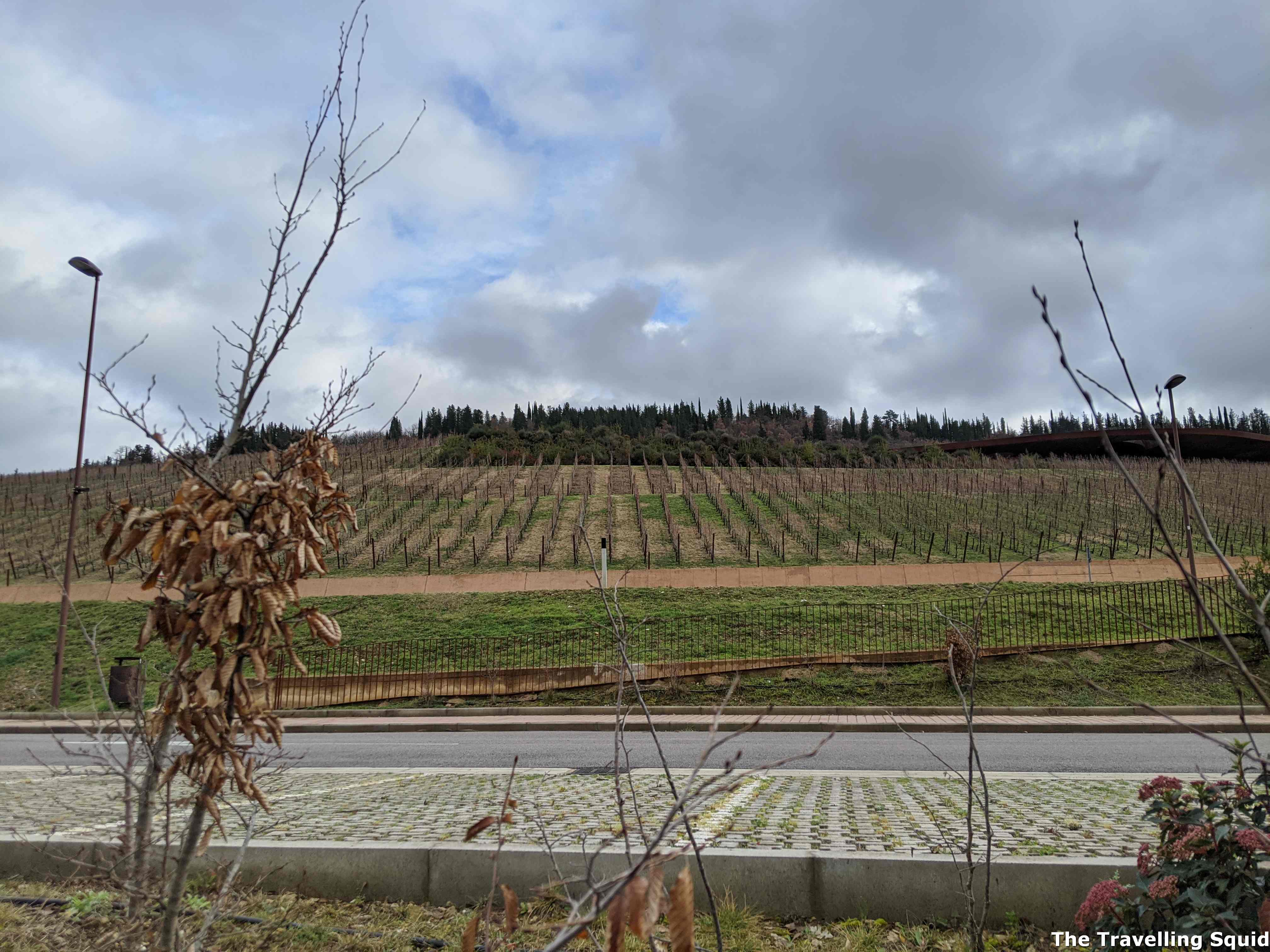
Wine tours range from €35 – €160
There is an option of pre-booking a wine tour around this big estate. The basic tour costs €35, and if you wish to have lunch at the restaurant, it costs €160. We didn’t take this option as we were looking to try other types of wines other than the ones listed in the tour, including the Tignanello. We also had four other Brunello vineyards to visit the day after (more on that in a post to come).
Visit to the wine shop – you can do a tasting too
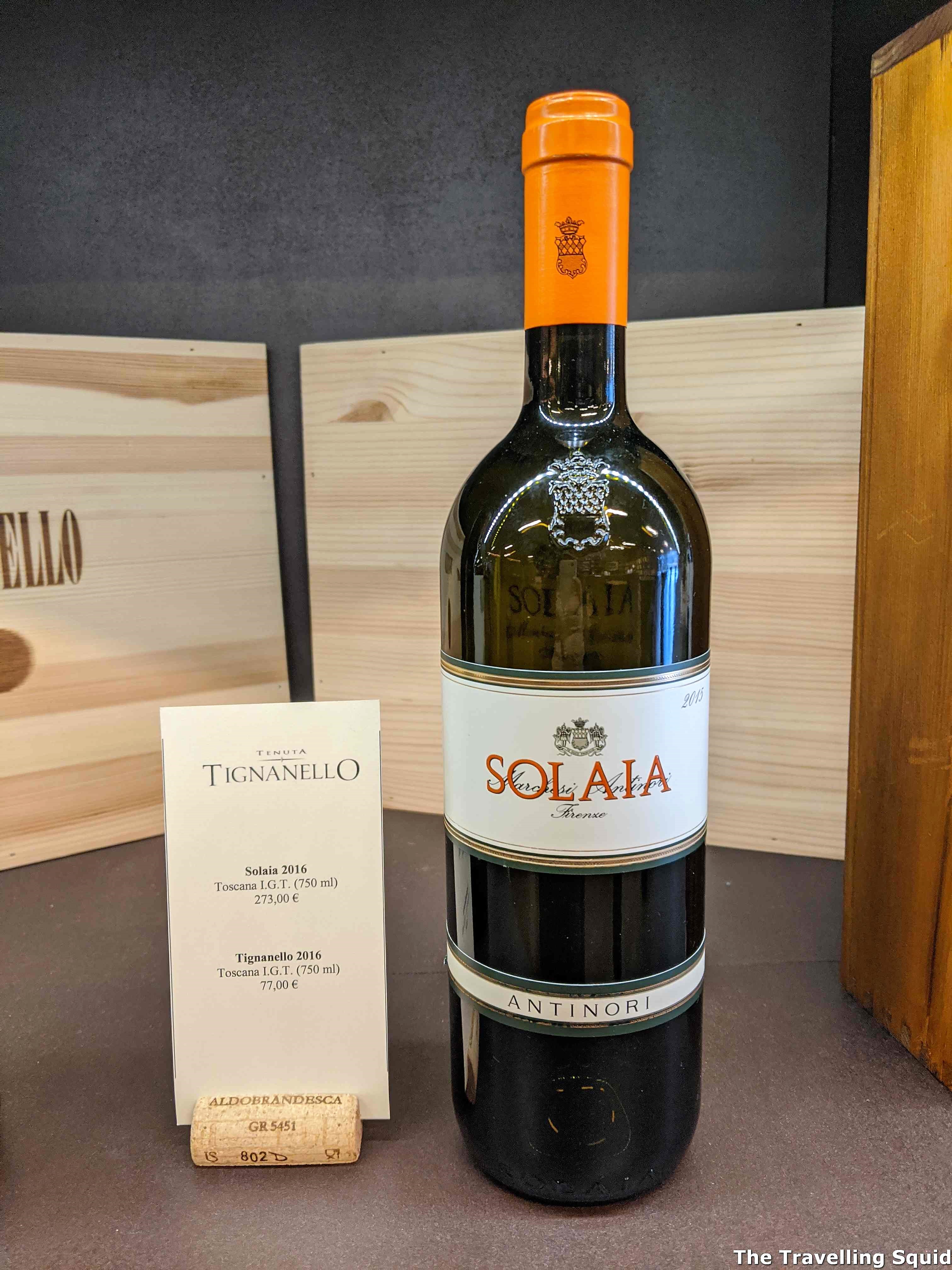
Wine lovers could spend a day in Antinori’s wine shop – the selection was so diverse. The good thing is that we had a chance to taste the wines before buying them. We tried the Marchese Antinori Chianti Classico Riserva for €4 and the Tignanello for €8 – like the staff suggested, the Chianti Classico was the younger brother of the Tignanello. More fruit-forward, but less refined and elegant. That said, both were excellent and we bought a bottle of each – both to rest for a few years before enjoying. The Chianti Classico was about €30 while the Tignanello was €77. It was a reasonable price for the quality. At an admittedly touristy wine shop in Siena, the price about €120.
Rooftop vineyard and garden
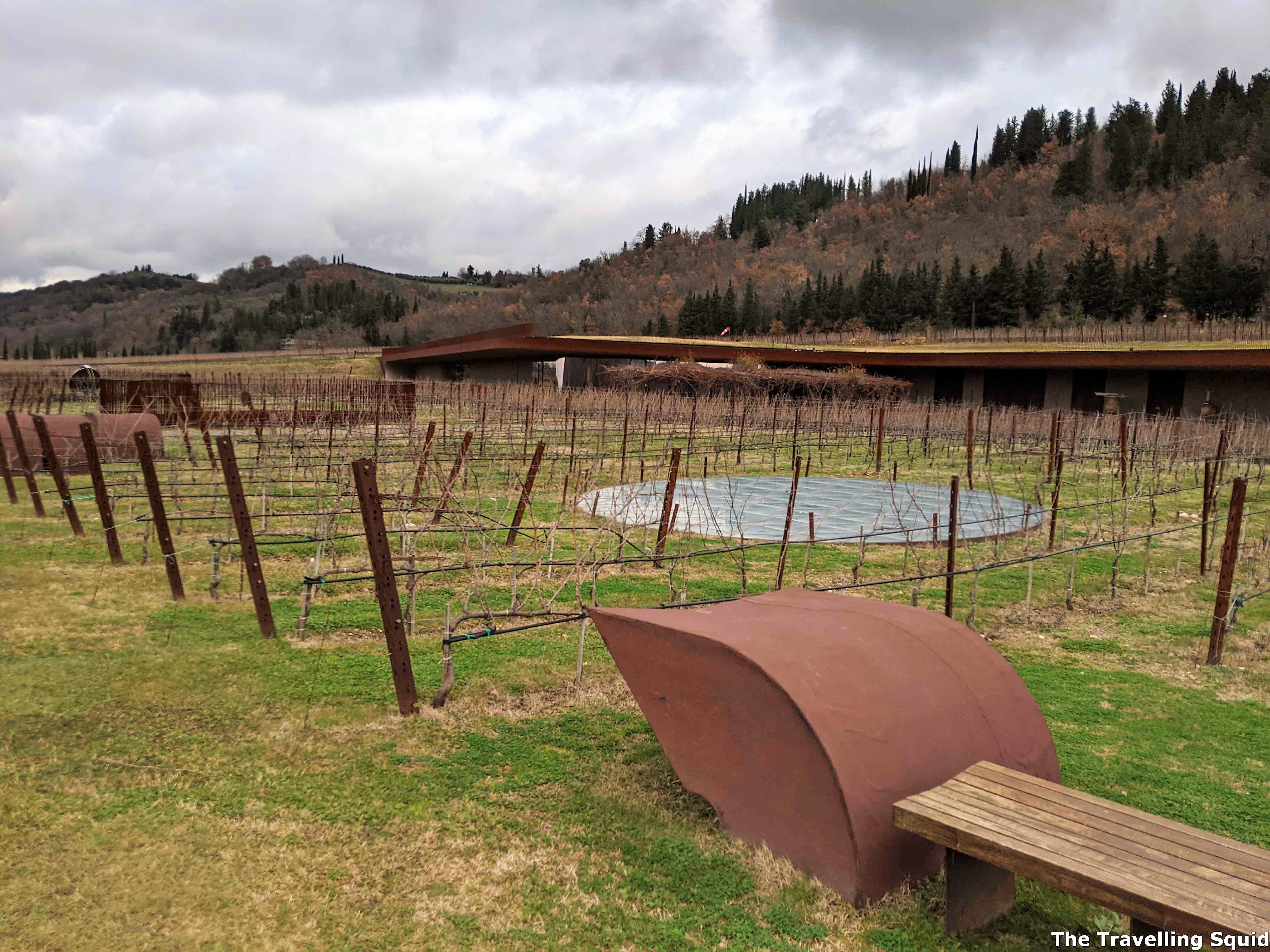
After buying the wines, we climbed up the spiral staircase to see the garden. From an architectural standpoint, it was quite a feat because the vineyards integrated quite seamlessly into the facade of the main Antinori building.
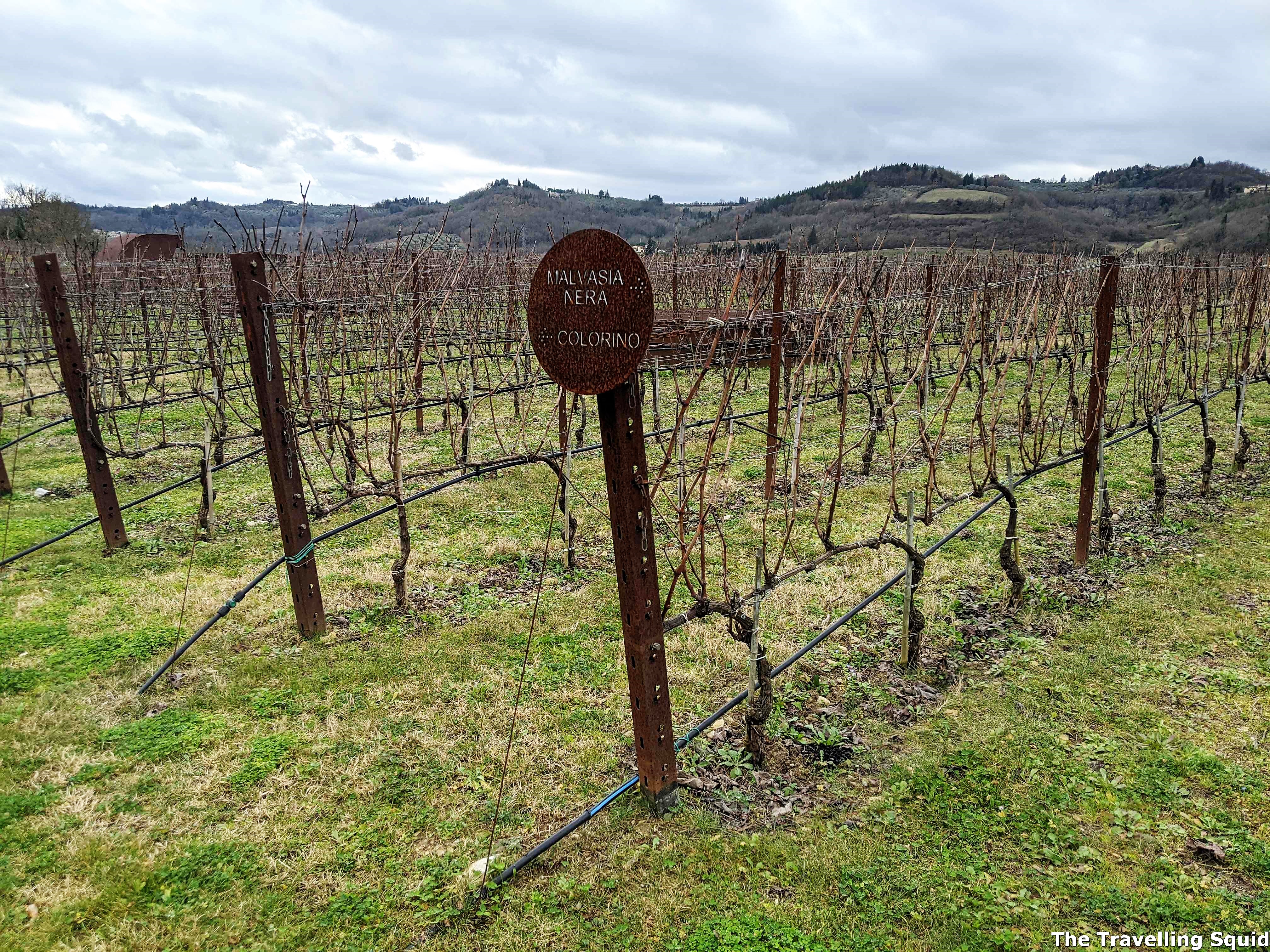
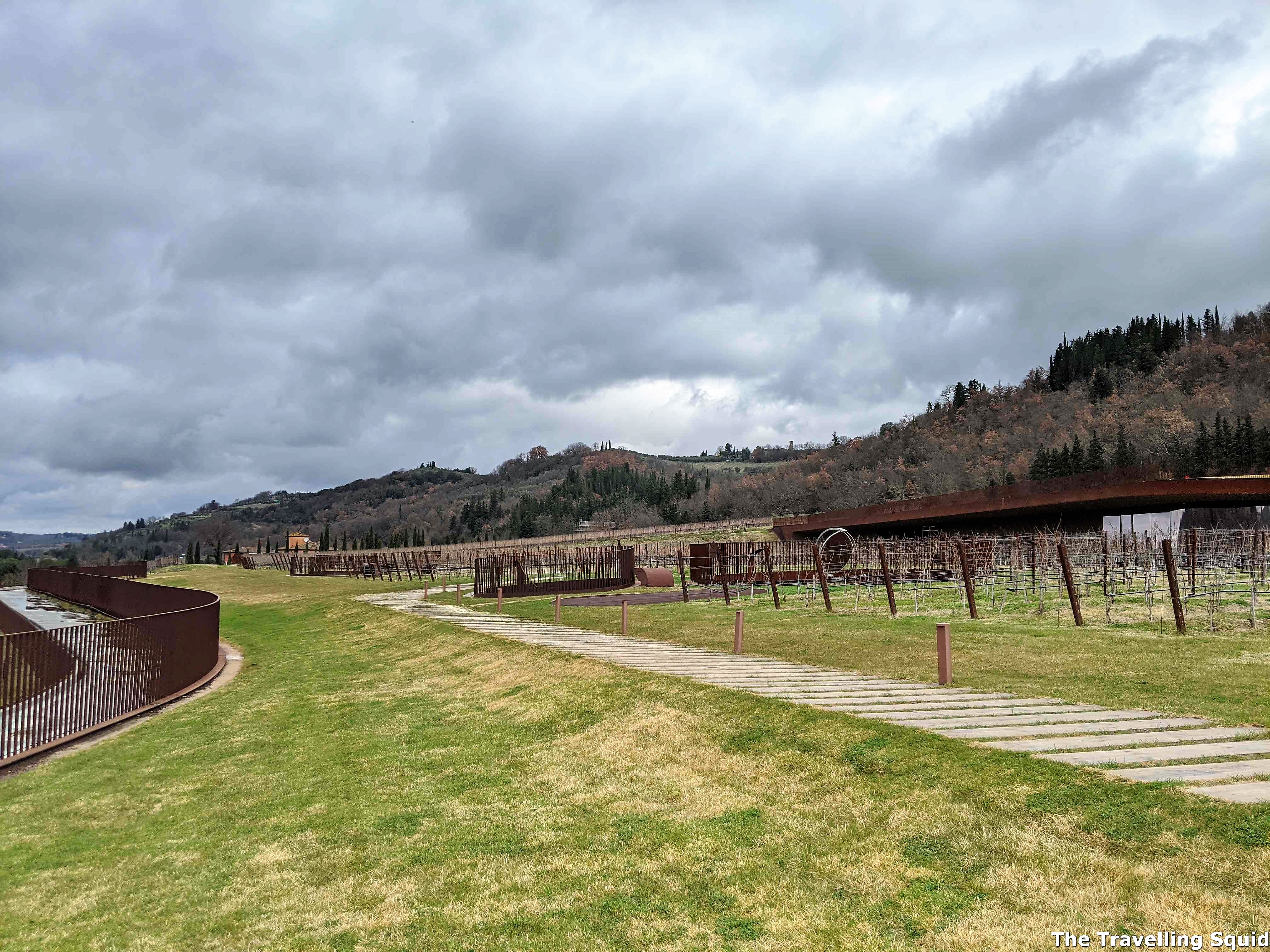
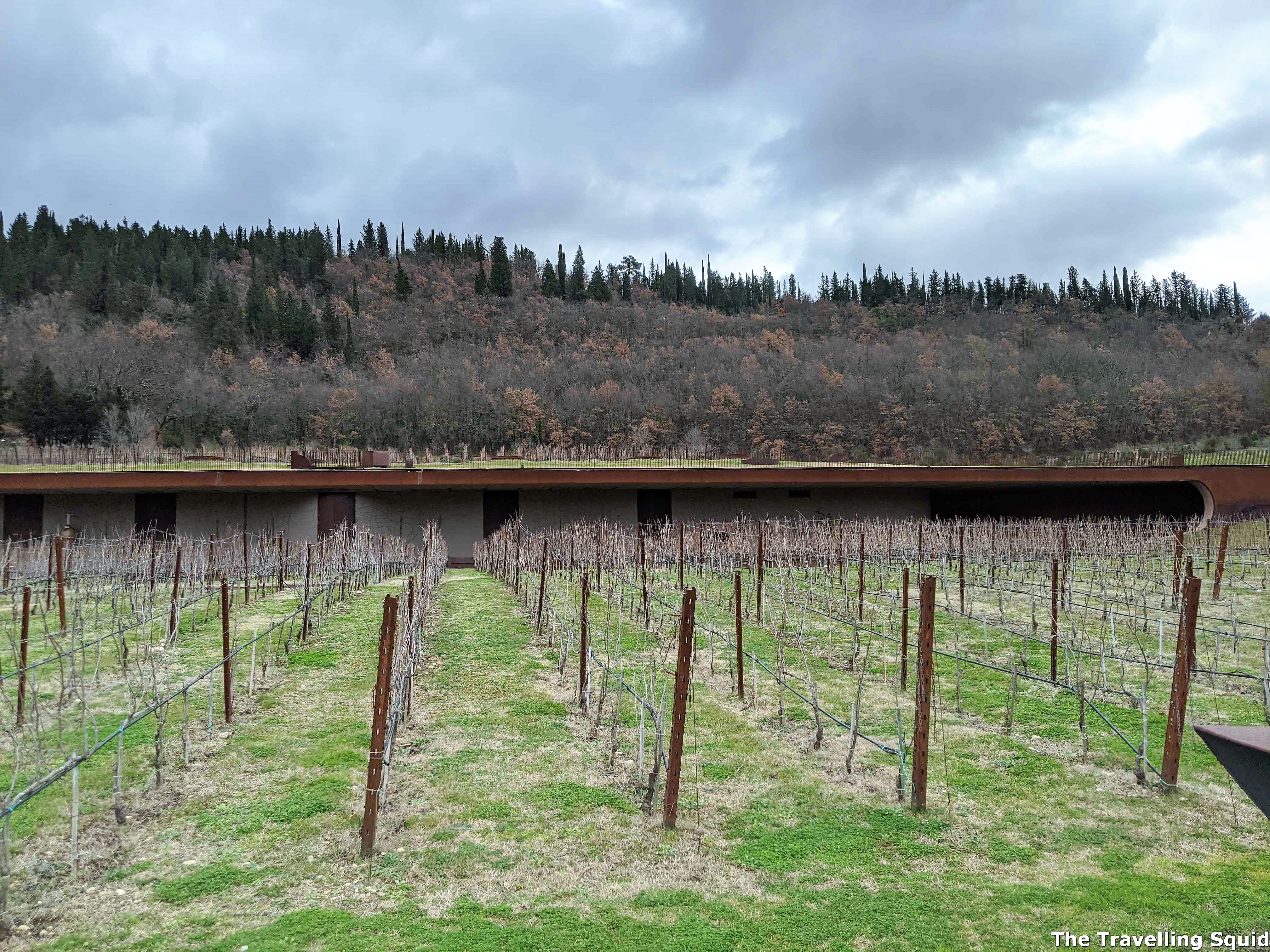
The Travelling Squid’s Take
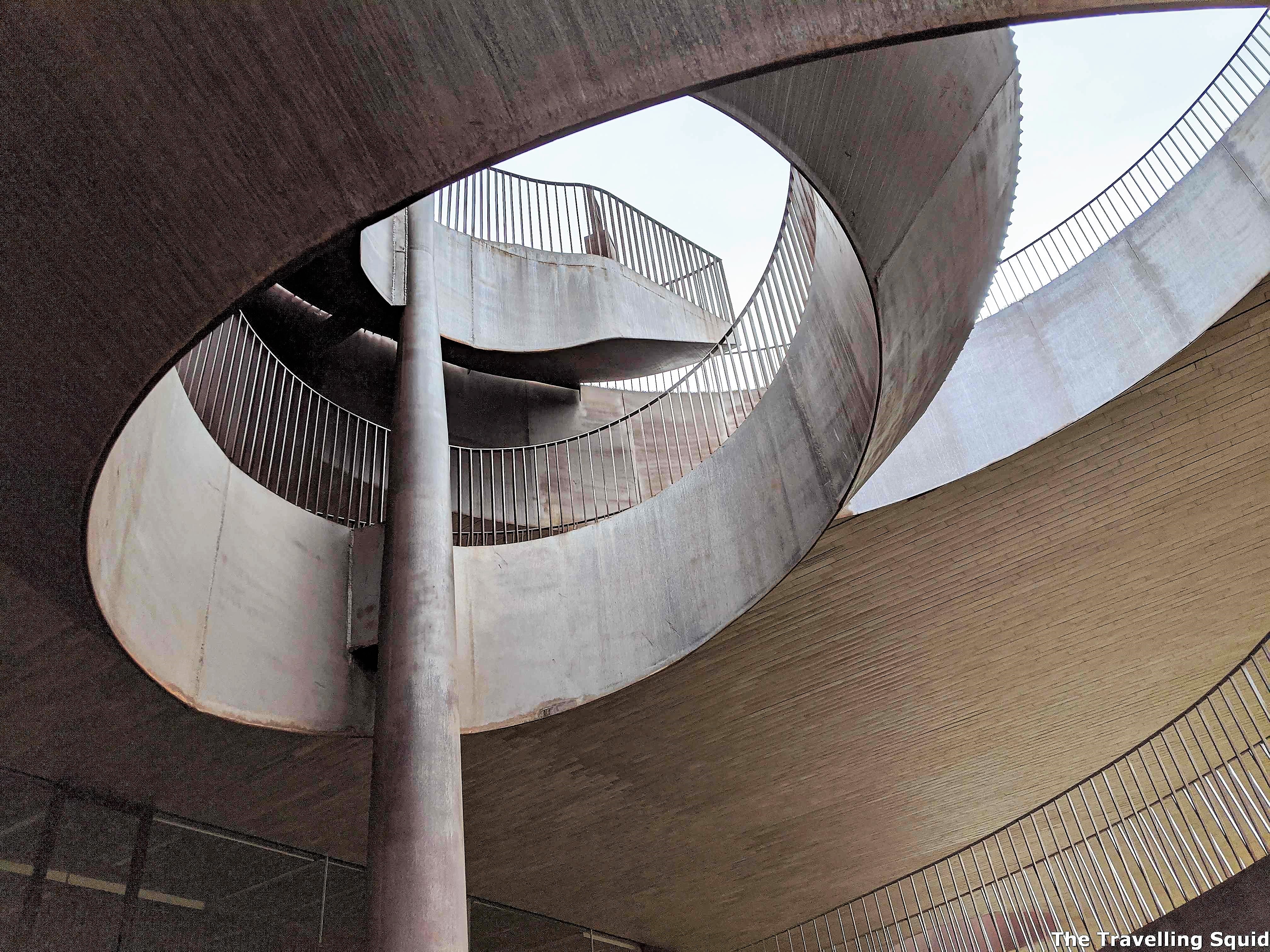
If you’re into wine, Antinori makes for a great visit. The estate is very well-designed – architecturally, it gives the appearance of the building flowing into the hills, while being enveloped by the vines. I’m sure it will look beautiful in summer. A minor caveat is that this is not actually the vineyard where the grapes of their more acclaimed wines, such as Solaia and Tignanello are grown. That’ll be found further East, at Tenuta Tignanello. The brown tones are not intrusive and so are the contours of the building which folds into the hills. While we didn’t take the tour around the building, I was glad to view the rooftop garden and the hills of Tuscany. The wine prices were also much more reasonable than the ones we had seen in major cities.
***
Why the Antinori winery near Florence is a must visit
- Address: Via Cassia per Siena, 133, 50026 Bargino FI, Italy
- Phone: +39 055 235 9700
- Website: https://www.antinori.it/en/tenuta/estates-antinori/antinori-nel-chianti-classico-estate/
- No appointment required if you are simply visiting the wine shop.

Leave a Reply